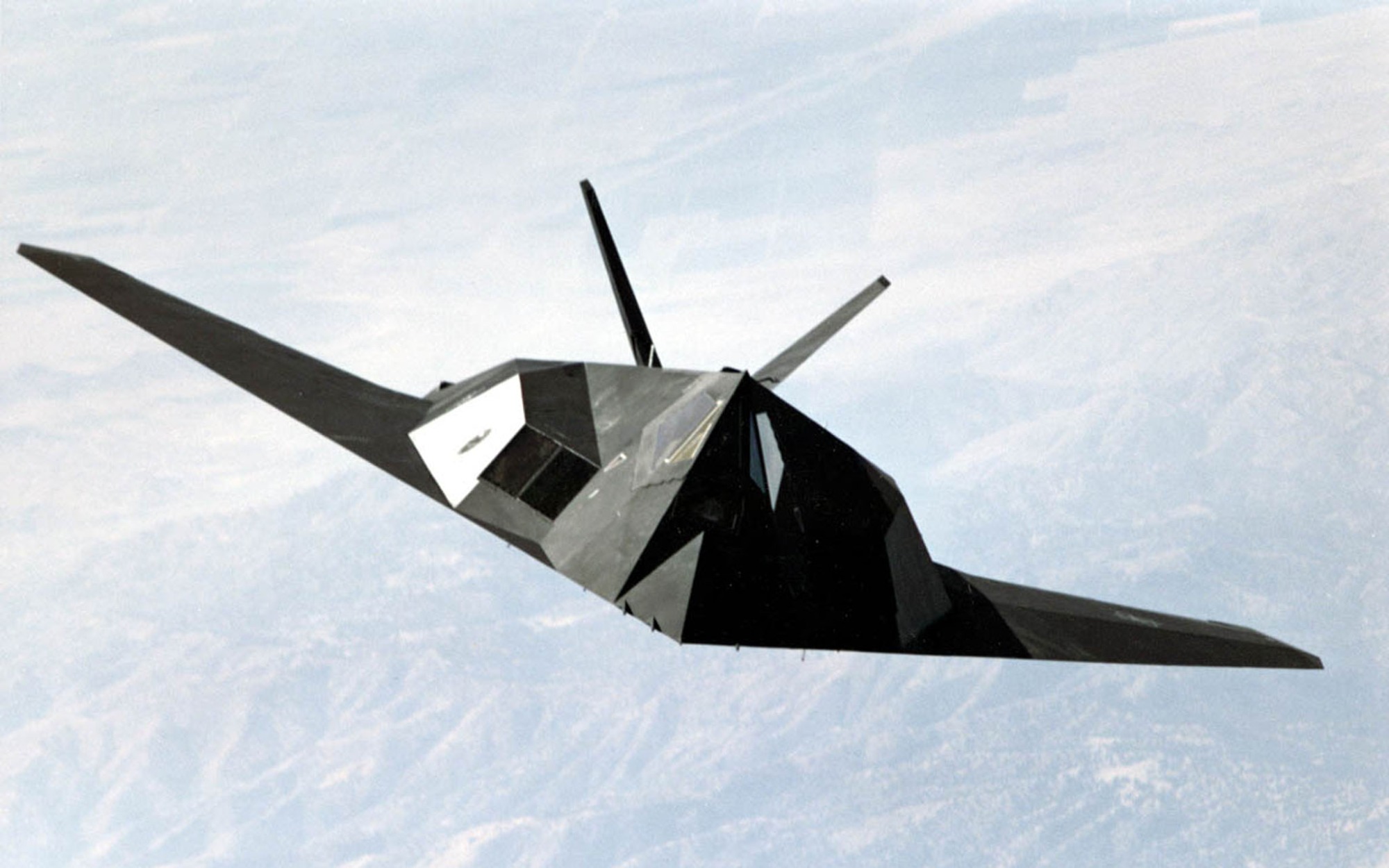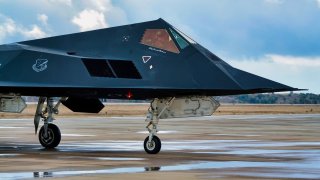Did the F-117 Stealth Fighter Really Retire or Not?
Despite officially retiring in 2007, the U.S. Air Force continues to fly a fleet of around 45 F-117 Nighthawks, extending their operations until at least 2034. The reasons are complicated.
Summary and Key Points: Despite being officially retired in 2007, the U.S. Air Force continues to fly a fleet of around 45 F-117 Nighthawks, extending their operations until at least 2034.
-The F-117s are used primarily for research, development, and training, serving as "red air" aggressors and surrogates for stealthy cruise missiles in exercises.
-Their unique stealth characteristics make them valuable for testing new low-observability technologies and defensive sensors.
-The Nighthawk may also be contributing to the development of future aircraft, such as the Next Generation Air Dominance (NGAD) sixth-generation fighter. The fleet is being gradually phased out, with jets transferred to museums.
F-117 Still Flying?
The F-117 Nighthawk was a revolutionary aircraft, one of the first in the world to incorporate stealth features. But with the onset of the F-22 Raptor, the F-117 became redundant and was retired. Or so it seemed.
Despite the Nighthawk’s official retirement from active duty service in 2007, the U.S. Air Force still regularly flies a fleet of about forty-five F-117s.

Why would the Air Force still fly a jet that was retired during the George W. Bush administration?
Flying the F-117 Nighthawk
The Air Force confirmed its intention to extend F-117 operations to 2034, which would mean that the jet will serve for 26 years after being officially retired. Obviously, such an extension would be unorthodox, but it is not without adequate reason.
“A portion of the remaining F-117A fleet, flown by Air Force test pilots, has been very actively used for research and development, test and evaluation, and training purposes in recent years,” The War Zone writes. “This has included using the jets as ‘red air’ aggressors and as surrogates for stealthy cruise missiles during large-scale exercises.”
The F-117 still has value for training. As an aggressor aircraft, the F-117 can teach pilots how to engage with low-observability aircraft. It can be used as a cruise missile surrogate in cruise missile training. “Despite their age, [the F-117] still offer important benefits when used in these roles given that their radar, infrared, and other signature profiles are likely to be extremely dissimilar to what pilots and air defense system operates are used to encountering in these contexts,” according to The War Zone.
Research and development may be the main draw in keeping the F-117 around. Thanks to the Nighthawk’s stealth characteristics, the jet can be used as a control variable in testing for new low-observability coatings and technologies. It can also be used as a control in developing defensive sensors built to detect stealth aircraft.
The F-117 may even be playing a role in developing new aircraft. Studying the Nighthawk might help developers incorporate stealth features into upcoming aircraft, perhaps including the Next Generation Air Dominance sixth-generation fighter.
The F-117 won’t fly forever. The Air Force is expected to divest their F-117 fleet at a rate of two to three jets per year. How many jets the Air Force is still flying today is unclear. In 2019, the service said that fifty-one F-117s were still flying, but that up to a dozen would be transferred to museums in 2020. All of the remaining Nighthawks are flown and stored at the Tonopah Test Range in Nevada.
About the Author: Harrison Kass
Harrison Kass is a defense and national security writer with over 1,000 total pieces on issues involving global affairs. An attorney, pilot, guitarist, and minor pro hockey player, Harrison joined the US Air Force as a Pilot Trainee but was medically discharged. Harrison holds a BA from Lake Forest College, a JD from the University of Oregon, and an MA from New York University. Harrison listens to Dokken.


